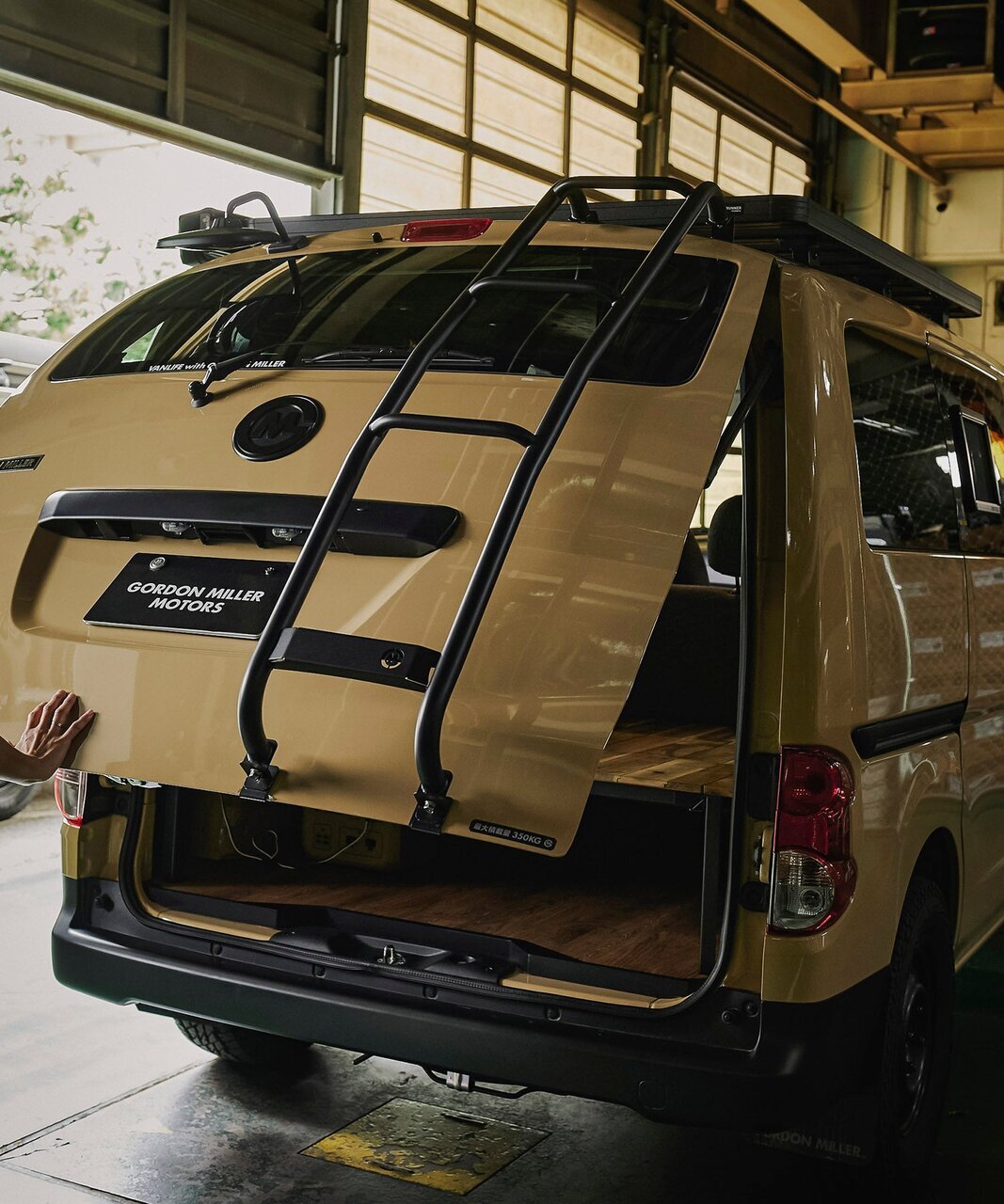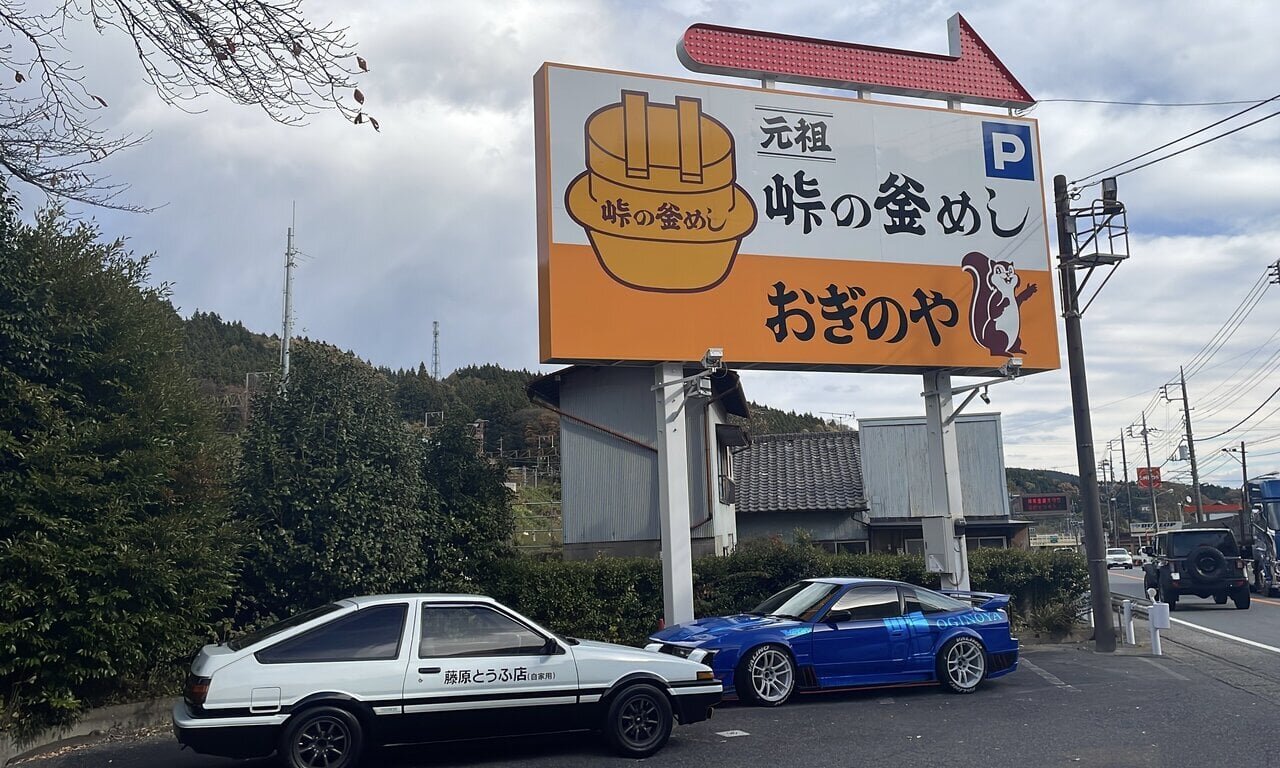OUTDOOR
2025.10.09
[Charcoal Grill] Enjoying Autumn Delicacies with a Shichirin and Sun-dried Binchotan! I tried grilling pacific saury and mushrooms.
As October arrives, the tropical nights abruptly change to cool evenings. Perfect for such autumn nights is the simple enjoyment of seasonal flavors through shichirin cooking. This time, we will focus on charcoal and use Hyuga binchotan, one of the three major types of binchotan produced in Miyazaki Prefecture, to grill sanma and mushrooms.
I got my hands on one of the three major Binchotan charcoals, "Hyuga Binchotan."

Hinata Binchotan charcoal from Miyazaki, purchased from a fuel store owned by an acquaintance. It is one of the three major types of Binchotan charcoal, alongside Kishu Binchotan from Wakayama and Tosa Binchotan from Kochi.
There are two types of charcoal: black charcoal and white charcoal. Binchotan is categorized as white charcoal due to its appearance, covered in white ash that helps reduce temperature. When touched, it is very hard and produces a metallic sound when struck.
There are two types of charcoal: black charcoal and white charcoal. Binchotan is categorized as white charcoal due to its appearance, covered in white ash that helps reduce temperature. When touched, it is very hard and produces a metallic sound when struck.

The owner of the fuel store advised me that "it's better to use fire starters," so I followed the advice and used them to light the fire. It might be because binchotan charcoal takes time to ignite, and there is a risk of it exploding and popping if the temperature rises too quickly.

When I actually tried to ignite it, it didn't turn red easily at all. I ended up using three of the fire starters I had on hand, and finally a part of it turned red. In retrospect, since I had a charcoal starter, I might have been able to do it much faster by using that.
When placed over the fire, it made a sharp, hard sound and turned red, which is characteristic of binchotan charcoal.
The ingredients I want to grill over charcoal are Pacific saury and mushrooms.

The ingredients focus on this year's abundant Pacific saury, complemented by autumnal items such as donko shiitake and maitake mushrooms. Thinking back, we also held a project last year to grill saury over charcoal, and I'm looking forward to the results this time as well.

Binchotan charcoal produces little smoke, making it suitable for ingredients like mushrooms that do not emit much smoke. When placed on the grill, moisture gradually seeps out, releasing a deeply flavorful aroma. However, on this day, we started grilling before the charcoal was fully red, resulting in slightly excessive moisture loss. It seems wise to calculate the starting time for binchotan charcoal and allow for some leeway in preparation.
The time spent grilling is also enjoyable, with saury and binchotan charcoal.

While grilling the mushrooms, we adequately prepared the charcoal, and now it’s time to place the main saury on the grill. After a few seconds, the sound of the skin sizzling can be heard, and fine droplets of fat fly onto the charcoal, creating a sparkling effect that resembles an illumination.
The heat that reaches even my face makes me feel the high energy of the binchotan charcoal. The cool autumn breeze outside creates a pleasant and enjoyable waiting time.
The heat that reaches even my face makes me feel the high energy of the binchotan charcoal. The cool autumn breeze outside creates a pleasant and enjoyable waiting time.

Finished grilling. The crucial difference in taste was distinctly different from the gas-cooked meal I had recently. Despite having retained a good amount of moisture, it was thoroughly cooked and had a moist texture. I’m not sure if it’s due to individual differences or the characteristics of binchotan, but I was surprised that there was almost no typical smoky aroma associated with charcoal grilling.
Gas cooking is tasty enough, but grilled saury over charcoal is truly the best.
Gas cooking is tasty enough, but grilled saury over charcoal is truly the best.
The beautifully glowing red binchotan charcoal is reusable and cost-effective

The binchotan charcoal, lit to a bright glow, shines brightly and possesses beauty. However, a common occurrence with shichirin cooking is that the charcoal reaches its peak after everyone is already full. While it’s nice to do it alone, it might be better to enjoy it with a group to make full use of the charcoal without waste.

However, binchotan can be cooled in a container and reused next time, so it doesn't go to waste. This durability is also one of the points that make it excellent as fuel.
The next day, I checked the cooled charcoal, and it retained its shape and firmness. When I feel like it, I want to light the binchotan again and enjoy a leisurely autumn night.
The next day, I checked the cooled charcoal, and it retained its shape and firmness. When I feel like it, I want to light the binchotan again and enjoy a leisurely autumn night.
Article/Writer: Kazuma Tanaka

![[Charcoal Grill] Enjoying Autumn Delicacies with a Shichirin and Sun-dried Binchotan! I tried grilling pacific saury and mushrooms.](https://cdn.clipkit.co/tenants/1046/articles/images/000/025/791/large/a9aef6f9-f5b7-4181-9472-a158565e016d.jpg?1759957489)



















 FASHION
FASHION OUTDOOR
OUTDOOR WATCH
WATCH CAR & BIKE
CAR & BIKE SNAP
SNAP DINING
DINING LIFE
LIFE GADGET
GADGET GOLF
GOLF